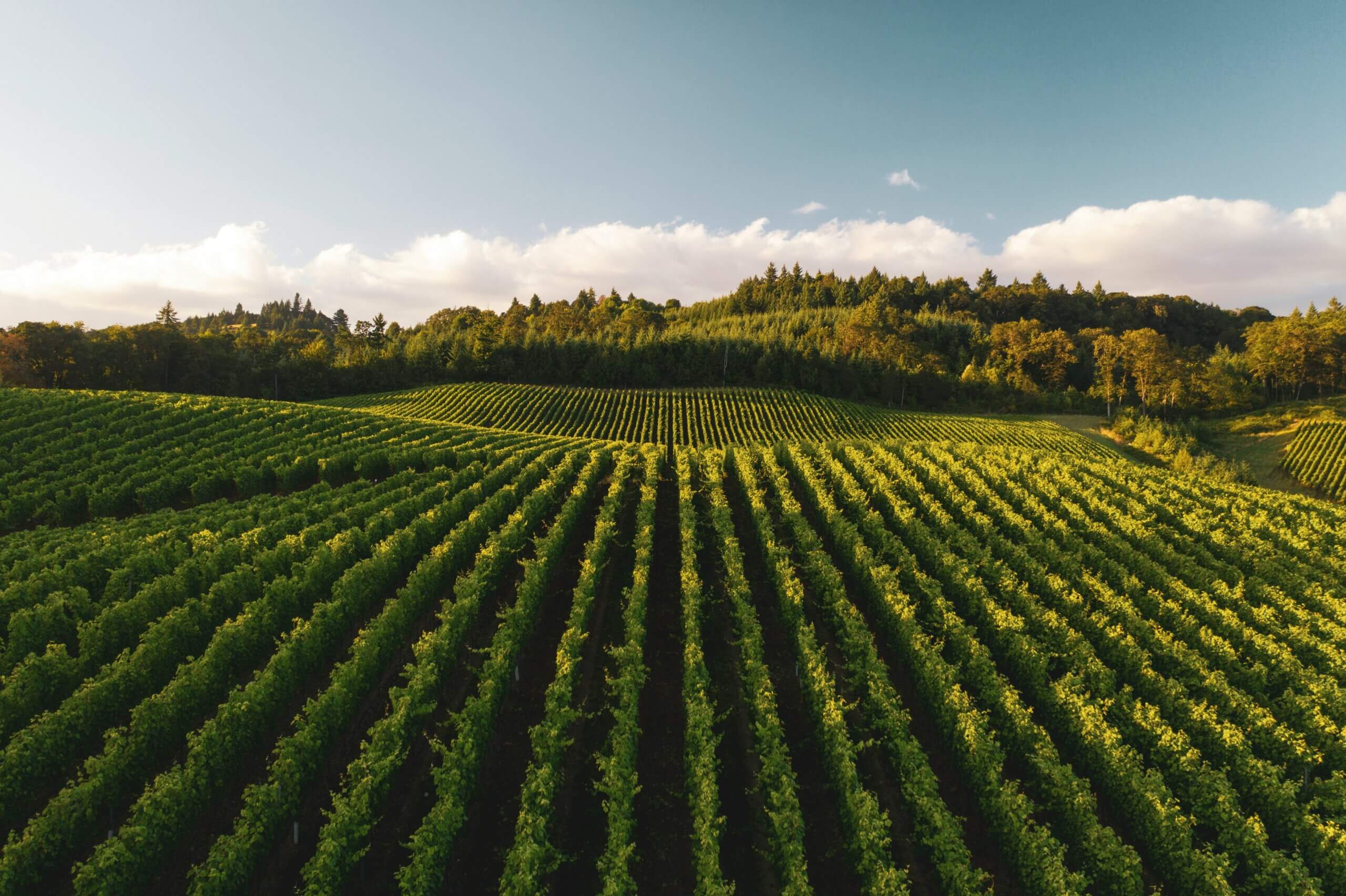In the face of climate change, the urgency to adopt sustainable agricultural practices has never been more critical. Organic regenerative farming stands out as a promising solution, offering not only a way to sustainably produce food but also to actively mitigate climate change impacts. This blog explores how organic regenerative farming plays a pivotal role in healing our planet by capturing carbon, improving soil health, and enhancing biodiversity.
Capturing Carbon: A Natural Climate Solution
Carbon dioxide (CO2) levels in the atmosphere are a significant driver of climate change. Organic regenerative farming employs practices that actively sequester carbon from the atmosphere and store it in the soil. How does this work?
1. Carbon Sequestration: Healthy soils act as a carbon sink, storing carbon in the form of organic matter. Practices like cover cropping, crop rotation, and reduced tillage minimize soil disturbance, preserving soil structure and organic carbon content.
2. Biochar Utilization: Some regenerative farms utilize biochar, a form of charcoal produced from organic materials. Biochar enhances soil fertility, water retention, and significantly increases carbon storage in soils over long periods.
By adopting these practices, organic regenerative farms not only reduce the carbon footprint of agriculture but also contribute to mitigating climate change by drawing down atmospheric CO2.
Improving Soil Health: The Foundation of Sustainable Agriculture
Healthy soil is fundamental to agricultural productivity and resilience. Conventional farming practices often degrade soil through intensive tillage, chemical inputs, and monocropping. In contrast, organic regenerative farming focuses on enhancing soil health through:
1. No-Till or Reduced Tillage: Minimizing soil disturbance preserves soil structure, organic matter, and beneficial soil organisms.
2. Cover Cropping and Crop Rotation: Diverse plantings improve soil structure, add organic matter, and reduce erosion.
3. Compost and Natural Fertilizers: Organic amendments nourish the soil and support a thriving soil microbiome, enhancing nutrient cycling.
Healthy soils not only support higher crop yields and resilience to extreme weather but also play a crucial role in carbon storage and water retention, further contributing to climate resilience.
Enhancing Biodiversity: Protecting Ecosystems and Food Security
Biodiversity loss is another pressing global issue exacerbated by conventional agricultural practices. Organic regenerative farming promotes biodiversity by:
1. Preserving Natural Habitats: Avoiding chemical inputs and preserving natural landscapes support diverse ecosystems.
2. Crop Diversity: Rotating crops and integrating diverse plant species provide habitat and food for beneficial insects, pollinators, and wildlife.
3. Agroforestry and Hedgerows: Introducing trees and shrubs into farming systems enhances biodiversity, provides wildlife corridors, and improves ecosystem services.
Enhanced biodiversity not only supports ecosystem health but also boosts resilience to pests and diseases, reducing the need for chemical interventions.
Conclusion
Organic regenerative farming represents a transformative approach to agriculture that goes beyond sustainability to actively contribute to climate change mitigation. By capturing carbon in soils, improving soil health, and enhancing biodiversity, regenerative practices offer a holistic solution to the challenges posed by climate change. As consumers and stakeholders in global food systems, supporting and promoting organic regenerative farming practices can significantly contribute to healing our planet, one crop at a time.
In the journey towards a more sustainable future, organic regenerative farming stands as a beacon of hope, demonstrating that agriculture can be part of the solution to climate change rather than a contributor to its challenges.





